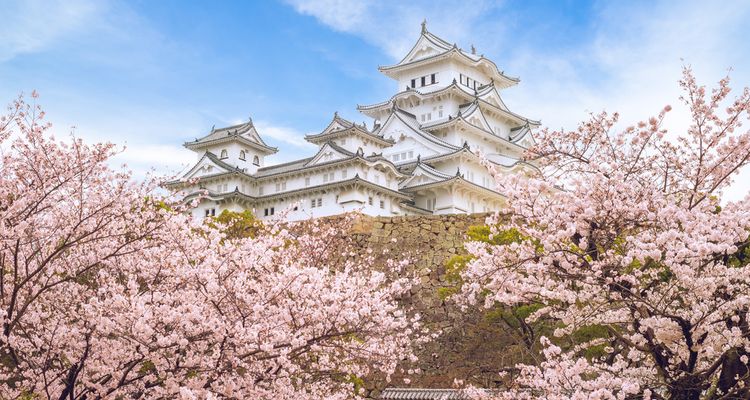Japan and Europe have a lot in common. Unlike China. neither had a strong central authority in medieval times. Power lay in the hands of feudal lords who controlled vast stretches of territory. They went to war with one another and paid lip service to kings and emperors. The Europeans built out of stone. That wasn’t an option for the Japanese.
Earthquakes are common and stone castles would soon be shaken down. The solution was to build in wood and place the castle on a high stone platform made from irregular blocks that would (hopefully) settle back into their original positions after a big shake. The castle mounds have survived in most places but the wooden structures rarely withstood the ravages of time. They are vulnerable to fire and costly to maintain. My first picture is of Himeji Castle in southern Honshu. It is one of the few to have survived in something like its original condition. Those that follow are of Kumamoto Castle in Kyushu.
It is 30-metres high which gives an idea of its massive scale. The building is a 1960s reconstruction on the original stone platform. The exterior was made using authentic materials and methods. The interior was constructed using modern materials and houses a museum.
An adjacent building was completed recently and is a faithful copy of the original. It houses the great hall and associated chambers. The magnificent decorations, shown in the second photograph, are based on careful historical research and are judged correct down to the smallest detail.
The third photograph shows security precautions against ninjas and other assassins. The fourth is of a room in a restored samurai house. The samurai served their lord as soldiers and administrators and were drawn from the knightly classes, just as in Europe.


